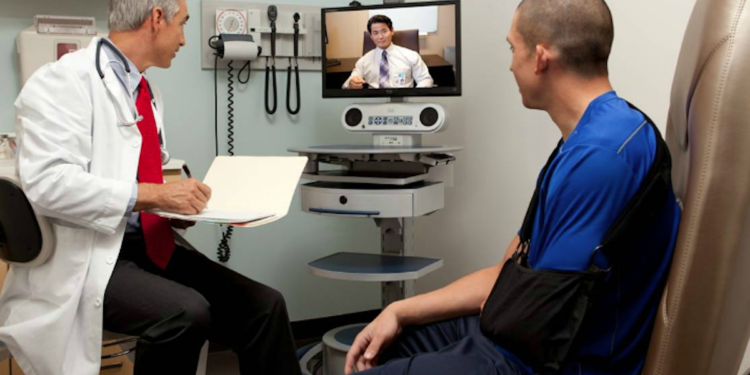A mainstay of healthcare practice for some time now, telemedicine is receiving renewed interest from many corners of the profession thanks to the advent of new technologies that make collaboration efficient and patient-care focused.
The ability of telemedicine to coordinate different specialties and fields is not only one of its key strengths, but it is also one of its strongest selling points for doctors, nurses, and healthcare institutions.
We will outline how telemedicine can help bring increased efficiencies in several key ways.
Better, More Efficient Team Communication
Perhaps the single most noticeable advantage of today’s telemedicine technologies for internal healthcare teams is that it results in better communication. But not just better communication, it results in a more efficient type of communication.
At the end of the day, this means that more resources are devoted to optimizing patient care and services. Modern telemedicine technology creates a streamlined environment for communication in which critical pieces of information are delivered in an actionable format. This record not only helps with compliance but also with internal record keeping and patient treatment history.
Improved Service Delivery
Another huge delivery advantage for doctors, nurses, and patients involved in telemedicine is that it closes gaps in services that sometimes occur because of geographic distance or other limiting factors for the doctor and patient relationship. What this means in practice is that patients can pursue the best care available to them without having to overcome barriers to accessing that care.
While this usually refers to a geographic distance or local deficit of needed healthcare services, it can also apply to the patient herself who may be unable to travel. Telemedicine eliminates unnecessary travel thus allowing patients more time to focus on treatment and recovery. Additionally, specialists and local healthcare providers are able to work collaboratively to deliver a more holistic service than ever before.
Streamline Health Service Coordination
As we briefly outlined above, the ability for specialists and local healthcare teams to collaborate on a comprehensive plan and delivery cannot be understated. Telemedicine not only makes this possible, but it also makes it economically feasible. Again, when it comes to healthcare access, this is a boon for patients but also doctors looking to expand their practice and service reach. Towards this end, telemedicine technology offers healthcare practices a level of scalability that was previously only available in the realm of theory. Telemedicine services are also similarly adaptable and agile enough to pivot to emerging needs.
Though there are some challenges to telemedicine, the advantages are becoming more evident by the day and thus forcing a re-evaluation of it as a major channel for healthcare services in the future. Given the benefits to both patients and doctors, as well as the increased treatment options it offers the former, it is probable that telemedicine will become a more prominent feature of the medical landscape particularly when it comes to the treatment of certain conditions and need for specific specialists.







